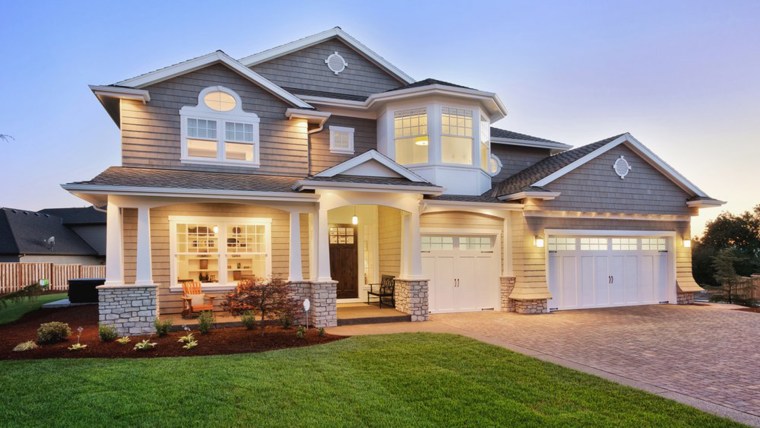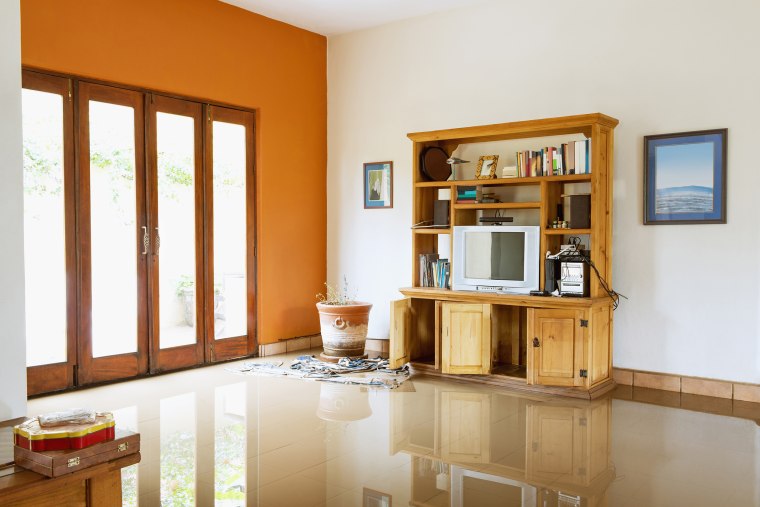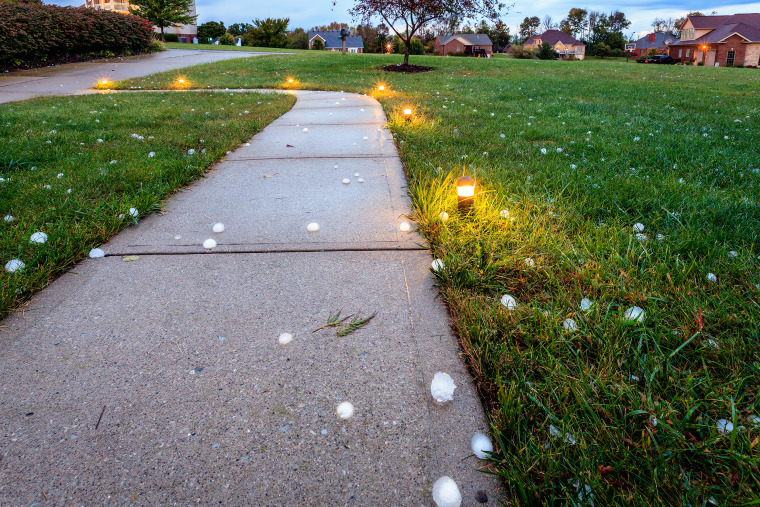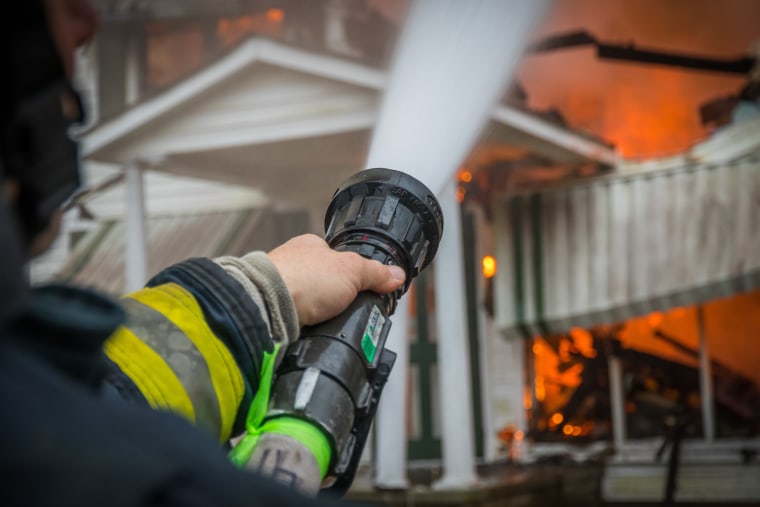While you can only hope that nothing ever goes wrong with your house, it’s important to be prepared for the worst. When a bad storm comes through town or a pipe bursts inside your bathroom, for example, it can create severe and costly damage.
Home insurance is obviously important to have when bad things happen to your house; it’ll help cover the financial hardship when you need to fix or replace something. But there are also a few simple things you can do around the house to help prevent the damage in the first place. And a new report is telling us exactly where we need to focus.

Travelers Insurance just released its Top Five Ways Things Can Go Wrong interactive report, showing the most common and costliest causes of home damage based on an analysis of eight years of claim data. Here are the issues to look out for:
1. Wind
“The most common source or cause of damage is wind-related,” Scott Humphrey, second vice president of risk control at Travelers, told TODAY Home. Gusts can uproot trees, damage roofs or even send things like outdoor tables and chairs flying through windows. “Look around your house and say, ‘What could hit my home?’” he advised. Then take precautions by keeping trees pruned, strengthening structures and taking projectile objects indoors during high wind weather.
2. Nonweather-Related Water

“When you think of water damage, you think weather is the most common, but it’s actually domestic water inside your house,” Humphrey explained. Things like the dishwasher, washing machine and toilets can cause leaks.
“Know where the water sources are and perform routine inspections under sinks,” he said. If your washing machine has a rubber hose, for example, you should check it every year to make sure it’s not wearing out (or consider replacing with a stainless steel one). Also, when you’re away from home for a long period of time, consider turning off the main water valve for peace of mind, he said.
3. Hail

“Hail affects different areas of the country, and you can’t do much to avoid it from striking,” Humphrey said. But if you have car, park it under a carport or garage if possible, and move things susceptible to hail damage, like patio furniture, indoors or under a covered area if you can.
“You can’t pick up your home and move it elsewhere, but you can try to harden it by installing building materials that are more resistant to that type of hazard,” he added.
4. Weather-Related Water
Heavy rain and flooding can do a number on your house, but there are a few things you can do to prevent damage. “Make sure the roof is in good condition and that the shingles aren’t old and worn,” Humphrey said. “Downspouts should direct water away from home, and gutters should be clean.”
If you live in an area that gets really cold temperatures, remove snow accumulation from the roof after every storm and keep outdoor pipes from freezing.
5. Theft
According to the FBI, a burglary occurs every 20 seconds. “What you put around your house could enable or discourage someone from seeing you as a vulnerable target,” Humphrey said. Shrubbery and trees could provide a spot where someone could hide from the street. Also, use motion sensor lights to deter thieves, and keep your doors and windows locked at all times.
What about fire?

While fire didn’t make the top five of the most common things that can go wrong, it’s definitely the most damaging, noted Humphrey. “It’s most devastating, most costly and most disruptive to an individual.” Keep your eye out for frayed wires and avoid using combustible items like oven mitts around open flames. See more fire safety tips here.
While you can’t control all disasters from happening to your home, it’s important to be aware of what could happen and aim for prevention as much as possible. And if your house does get damaged, have an inventory checklist handy so you’ll know what you’ve lost. Travelers suggests walking through your home with a video camera or taking photos of each room to keep track of what you have for insurance purposes before disaster strikes.